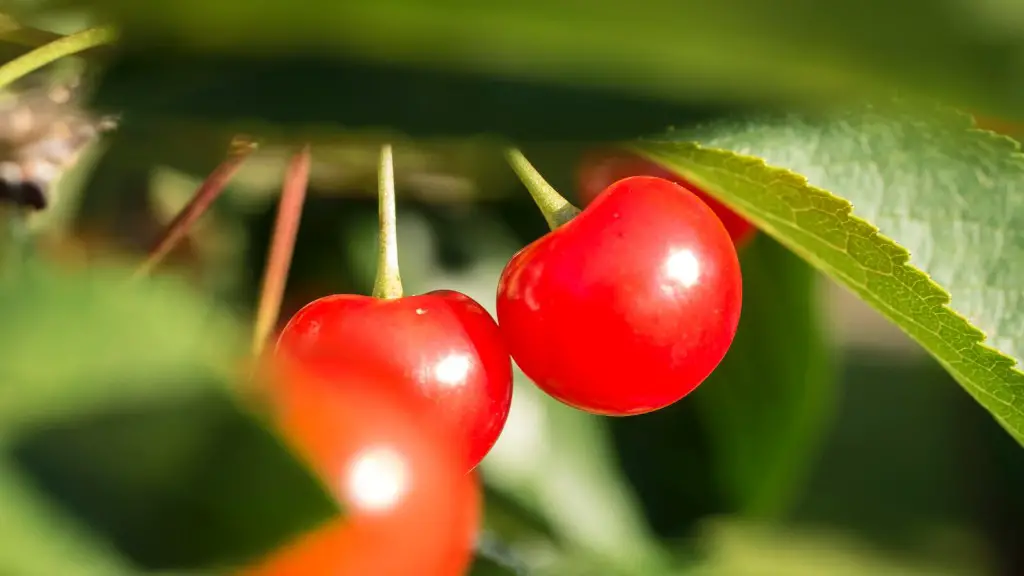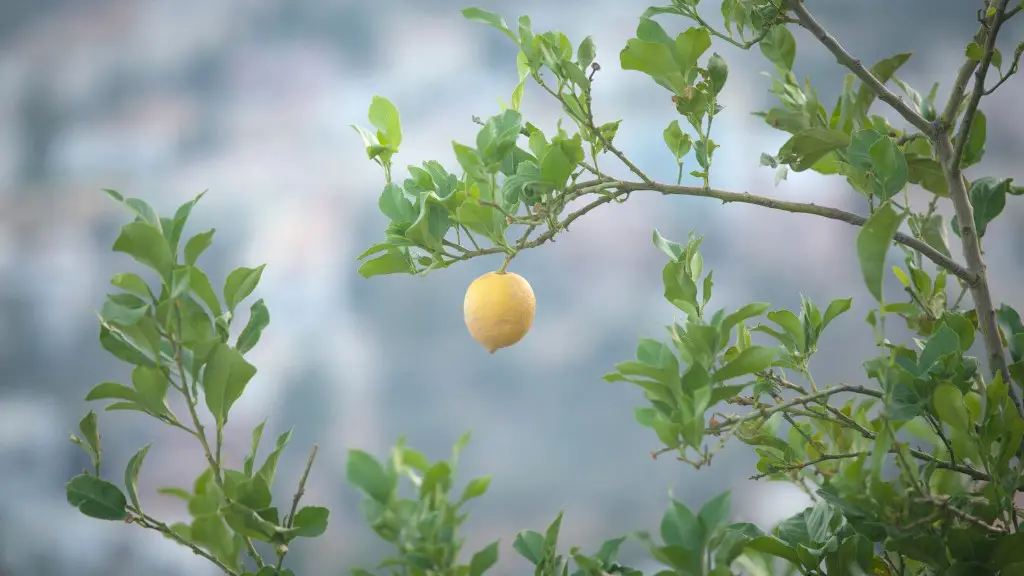Introduction
Cherry blossoms are one of nature’s most beautiful sights, and they’re a beloved and iconic part of Japanese culture. Planting a cherry blossom tree in your garden will not only brighten up your space, but also bring with it a powerful and cohesive feeling that you simply can’t find in any store-bought decoration. While it may seem intimidating to newcomers, planting a cherry blossom tree isn’t as hard as some people would think. In fact, with the right knowledge and a little patience, you too can enjoy gorgeous blossoms in no time. So when should you plant a cherry blossom tree in your garden?
Habitat
When selecting a spot in your garden to plant, it is important to keep in mind the type of climate and soil composition that is best suited for a cherry blossom tree. A cherry blossom tree prefers an areas with a temperate climate and fertile, well-drained soil. Planting a cherry blossom tree in an area too exposed to winter winds or lacking proper soil moisture may lead to stunted growth or dieback of the tree. If you live in an area with cold, harsh winters, then it is best to plant in a sheltered, sunny location that can protect the tree from frost.
Time of Year
When it comes to planting, the best time is during late winter or early spring, depending on the type of cherry blossom tree you’re planting. Early spring is the best time to plant deciduous trees, like the Yoshino cherry, that flower in the spring. If you’re planting evergreen varieties like Sargent cherry, the best time is usually in late winter. Planting your tree at this time gives its roots plenty of time to establish themselves and helps ensure a healthy bloom in the springtime.
Process
The actual planting process can differ depending on your tree’s size and preference; however, some basic steps are the same. Before you begin, dig a hole that is slightly larger than the root ball of your cherry blossom tree, then mix in some aged compost and well-rotted manure. Place your tree in the hole and backfill with soil, gently tamping around the roots to encourage better growth. Once your tree is planted, spread a layer of mulch around the base of the tree (4-5 inches deep for evergreen trees, 2-3 inches for deciduous trees) to help retain moisture in the soil. Water your tree every other day during its first year.
Pruning
Pruning is an important part of cherry blossom tree care and will help keep your tree healthy and looking its best. Pruning should be done during the late winter or early spring before any growth takes place. To prune, begin by assessing the shape of your tree and the direction of the branches. Prune off any broken or diseased branches, as well as small twigs or crossed branches. When pruning, be sure to make clean, quick cuts and avoid removing more than one-third of the entire tree. If done correctly, pruning will help encourage stronger growth and improved flower production.
Fertilization
Fertilization is also an important factor in maintaining a healthy tree. During the growing season, apply a balanced fertilizer every other month. A 10-10-10 fertilizer is the most commonly used for cherry blossom trees. To apply, mix the fertilizer into the soil around the base of the tree’s trunk, avoiding contact with the trunk or bark. Too much fertilizer can cause damage to the tree, so it is important to be conservative and only apply what is necessary.
Diseases and Pests
Diseases and pests can also affect the health of a cherry blossom tree. These can include fungal diseases like leaf spot and powdery mildew, as well as insects like aphids and mites. To prevent infections and infestations, it is important to keep the area around the tree clean and free of debris. Preventative sprays and soil treatments can also help keep your tree in good health. If you suspect your tree is diseased or infested, it is best to consult a professional arborist, who can provide advice on the best way to treat your tree.
Watering and Soil Moisture
It is also important to keep an eye out for signs of drought such as wilting leaves or pale foliage. If these signs begin to show, then the tree may need additional watering. During the hottest months, regular watering is necessary to keep the tree healthy and happy. An easy way to make sure that your tree is receiving the right amount of water is to use a soaker hose. The hose will slow release the water over the course of several hours, ensuring that the soil remains moist and the tree gets the water it needs.
Weather and Climate
In addition to soil moisture, it is also important to keep an eye on the weather. Sudden temperature drops or large amounts of precipitation can affect the tree’s bloom. If severe weather is forecasted during the bloom, then it is best to protect the tree by placing a canopy or tarp over it. This will help protect the blossoms from wind and rain, ensuring that the tree continues to bloom and thrive.
Conclusion
With the right nurturing and knowledge, planting a cherry blossom tree in your garden can be a rewarding and deeply fulfilling experience. Knowing when and how to plant your tree is the first step towards enjoying a beautiful display of blooms each spring. With the right amount of dedication and love, you can create a place of beauty and calm in your home.


